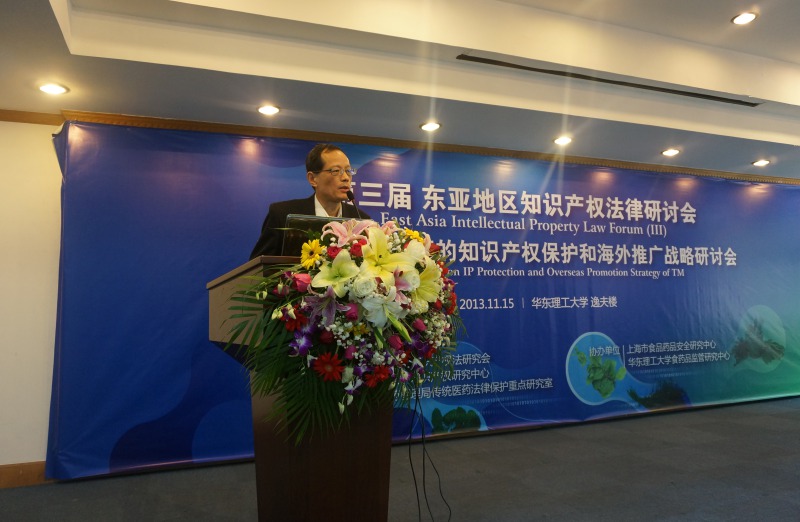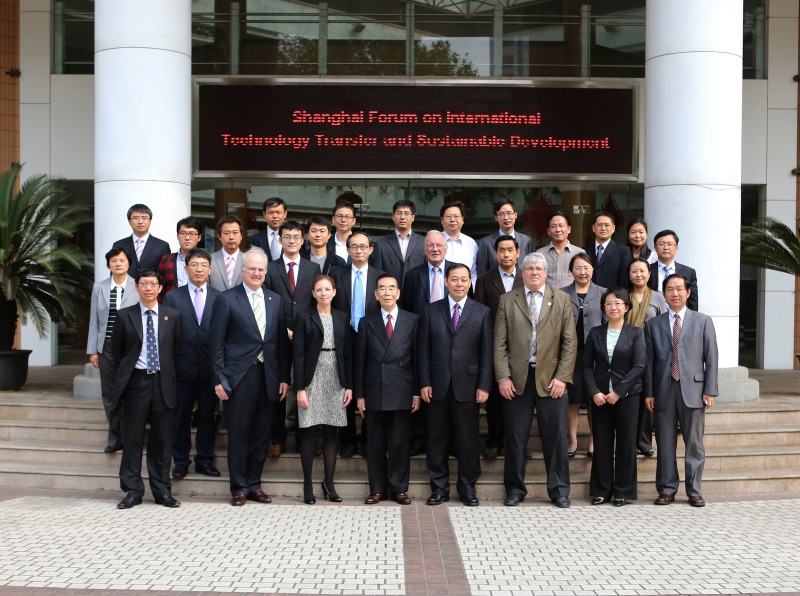Jinshui River in the Forbidden City is not so simple as fire prevention and drainage
Located in the center of Beijing, the Forbidden City not only has magnificent ancient buildings, but also has a long river around it, which is called the inner Jinshui River. The "inner Jinshui River" originates from Yuquan mountain in the western suburb of Beijing, and then is introduced from the moat in the northwest corner of the Forbidden City. The topography of the Forbidden City is high in the north and low in the south, high in the West and low in the East, so the flow direction of the Jinshui River flows from the northwest to the southeast. The specific route is as follows: enter the palace near the northwest corner of the Forbidden City, then flow south along the west wall to the vicinity of the west gate, then pass through the Wuying gate, Taihe gate square, Wenhua hall and other areas in turn to the East, and finally flow out from the East Gate in the southeast corner of the Forbidden City to the moat.
The ancient buildings in the Forbidden City are mainly made of wood structure, and the internal and external eaves of the buildings are decorated with oil-based flammable materials. Once the fire breaks out, it needs timely and sufficient water to put out the fire. Although there are 72 domestic water wells in the Forbidden City, they can provide fire water. These wells are not evenly distributed near the major palaces, and the number of palace buildings in the Forbidden City is large. So the water wells can not meet the fire water demand of the Forbidden City. The main purpose of the plane design of the inner jinshui river is to get close to the palaces in the way of the river basin, so as to put out the fire in time.
The drainage system of the Forbidden City includes three parts: the roof, the ground and the underground. Roof drainage, that is, after rainwater falls to the roof, it is discharged from the roof to the ground; The above ground drainage refers to the surface rainwater flowing into the open ditch, then into the underground ditch or directly into the Jinshui River; Underground drainage, that is, the water from the underground ditch is discharged into the Jinshui River. The inner Jinshui River is the final link and the most important guarantee means of the drainage system in the Forbidden City.
Not only that, the water vapor of the inner Jinshui River is also conducive to the summer and cold protection of the Forbidden City buildings. In summer, the water vapor evaporation can reduce the temperature of each building, which is conducive to avoid the high temperature in the Forbidden City, and has a good summer effect; In winter, the water of inner jinshui River helps to avoid the low temperature in the Forbidden City, and plays a role in keeping out the cold.
Source: Science and technology daily
Time: January 10, 2020
next:"On the 23rd of the 12th lunar month, Sugar cucumber sticks" Looking at the customs of the new year through the sugar gourd


